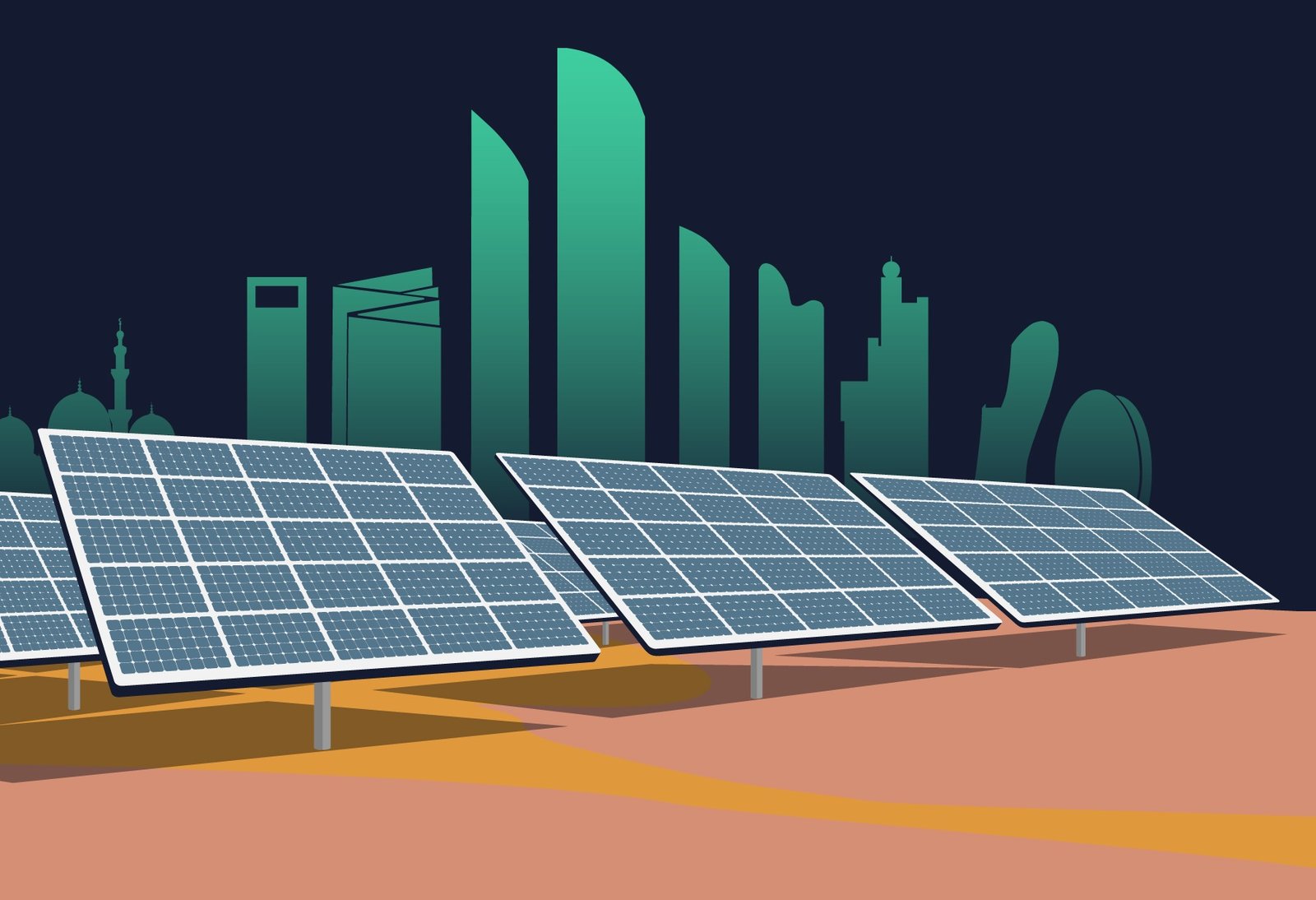The International Renewable Energy Agency (IRENA) has highlighted gaping imbalances in the global hydrogen market, with the potential to reshape international energy trade.
As the world aims for net-zero emissions by 2050, the production and demand for affordable low-carbon hydrogen are expected to diverge geographically.
According to IRENA’s latest report, “Shaping Sustainable International Hydrogen Value Chains,” regions capable of producing low-carbon hydrogen may not align with future high-demand centers, potentially creating a new international market for hydrogen and its derivatives.
Some regions have the right mix of renewable energy resources (like solar, wind, or hydropower) to produce hydrogen affordably, while others do not.
This creates a challenge because the countries with the potential to produce this hydrogen may not be the same as those with the highest future demand for it.
Due to this mismatch, a new global market for hydrogen could emerge. In this market, hydrogen and its derivatives (like ammonia) would be traded between countries. For example, countries with cheap renewable energy might export hydrogen to places where demand is high but production is difficult or expensive.
This reshaping of energy trade could introduce new players into the market, including developing countries that have the resources to produce hydrogen but lack advanced energy industries.
The report forecasts that by 2050, approximately 25% of global hydrogen demand will be traded internationally. This trade will be split, with about 55% transported as pure hydrogen through retrofitted natural gas pipelines and the remaining 45% shipped, primarily using ammonia as a carrier.
However, creating this global market also introduces complexity. This would lead to complex international value chains involving many different stages: from production, transportation, and storage to final use. These chains would need to involve multiple countries, with different regulations, technologies, and standards.
IRENA’s analysis highlights that while much attention has been given to emission intensity and cost-efficiency, the emerging hydrogen market may also introduce new players and intricate global supply networks.
These networks will require a holistic approach to sustainability, encompassing economic, governance, and environmental dimensions. Developing countries, which may become key suppliers of renewable hydrogen, will need to address potential socio-economic and environmental risks. The report underscores the importance of crafting strategies that ensure these countries benefit economically and socially from their involvement in the hydrogen market.
Economically, the production of renewable hydrogen hinges on access to affordable renewable energy, water, and land resources. Regulations and incentive schemes, such as the United States’ Inflation Reduction Act (IRA) and the European Hydrogen Bank’s auction system, are expected to significantly influence the hydrogen market.
These schemes not only support domestic production but also encourage production in foreign markets. The European Union, Japan, and South Korea are anticipated to lead in importing renewable hydrogen, with regulations mandating that the electricity used for production must be additional.
This creates an imperative for export markets to adopt renewable energy sources in tandem with hydrogen production.
In terms of governance, the Group of Seven (G7) nations, as major future demand hubs, are actively developing hydrogen policies.
Meanwhile, developing countries are crafting their hydrogen strategies, often focusing on creating business-friendly environments through fiscal incentives and infrastructure development.
Many of these countries are positioning themselves as hydrogen exporters in response to anticipated demand from the Global North. For these strategies to be successful, the projected market growth must materialise as expected.
The environmental impact of renewable hydrogen is generally lower compared to blue hydrogen over its lifecycle. However, producing hydrogen for export raises concerns about transferring environmental burdens to developing countries.
IRENA recommends that hydrogen production in these regions should drive broader energy transitions, including additional renewable energy deployments beyond those required for hydrogen production facilities.
When it comes to transporting hydrogen and its derivatives, various carrier options are available, each with its own infrastructure requirements and energy considerations. The report analyzes several carriers, including liquid hydrogen, ammonia, and liquid organic hydrogen carriers (LOHCs).
Each has different energy consumption profiles, with some options, like ammonia and methanol, offering potential advantages when used directly as fuels or chemical feedstocks.
To ensure a fair and equitable transition, IRENA stresses the need for developing countries to benefit from hydrogen production both economically and socially. The sector has the potential to generate numerous jobs, but the quality and sustainability of these jobs, especially in developing nations, remain uncertain.
Social acceptance and community involvement are critical for successful infrastructure development, which will be essential for meeting future hydrogen demand.
Promoting local industrial development can enhance the benefits of renewable hydrogen production, creating sustainable jobs and improving international competitiveness.
A comprehensive industrial development policy is needed to navigate this evolving landscape equitably and effectively.





